Score: 9/10 (Fantastic)
ProsIncredible design, gorgeous display, huge battery, Android 4.1 Jelly Bean, excellent call quality, fast 4G LTE data speeds | ConsWeak cameras, some lag when playing certain games. |
Nowadays, if a smartphone does not have a large HD display or 4G LTE data connections, it makes little to no sense why one would purchase one. While these are both great features to have on our daily drivers, they are also the two biggest features that eat away at our battery life on our devices. Thankfully, you can have a large HD display, strong 4G LTE data speeds, and a long lasting battery on the Motorola DROID RAZR MAXX HD. Is the Maxx HD still a good smartphone choice, even though it came out back in October? Let’s find out.
Design/Build Quality
The Motorola DROID RAZR MAXX HD is one of the best designed handsets I have ever used. The MAXX HD is home to a beautiful 4.7-inch Super AMOLED display, which is also made of super-strong Corning Gorilla Glass to ensure ultimate protection. The back of the handset is also extremely durable since it is made of DuPont KEVLAR fiber. The entire body of the MAXX HD is layered with water-repellent nanocoating, so it can survive it’s fair share of poolside experiences.
As you can see, the MAXX HD is an extremely durable handset, but the luxuries don’t stop there. The MAXX HD is also an extremely sexy device at 5.19 x 2.67 x 0.37 in and with a weight of only 5.54 oz. The MAXX HD feels wonderful in the hand
and has a truly beautiful design.
As you can see, the MAXX HD is an extremely durable handset, but the luxuries don’t stop there. The MAXX HD is also an extremely sexy device at 5.19 x 2.67 x 0.37 in and with a weight of only 5.54 oz. The MAXX HD feels wonderful in the hand
and has a truly beautiful design.
Hardware
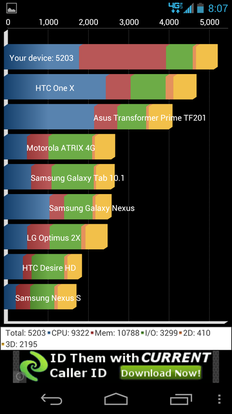
The MAXX HD's Quadrant Standard test
In terms of processing speeds, the MAXX HD is packing in a 1.5GHz dual-core
Snapdragon processor along with 1GB of RAM. While most games ran fairly smooth, I did find some serious framerate issues at times. Graphically intensive games like Frontline Commando ran great, but when I was playing Vector, a free-running game, the MAXX HD could barely keep up at some of the later levels. Even though the MAXX HD is running on Android 4.1 with Google’s “Project Butter”, I also encountered some lag when swiping through my home screens (I believe this is more due though to Motorola’s skin rather than the processors themselves). With these performance issues aside though, streaming HD video, music, and web browsing was an extremely smooth experience. While you could certainly get much better gaming performance on handsets such as the LG Optimus G, the MAXX HD provides enough power for average consumers.
Snapdragon processor along with 1GB of RAM. While most games ran fairly smooth, I did find some serious framerate issues at times. Graphically intensive games like Frontline Commando ran great, but when I was playing Vector, a free-running game, the MAXX HD could barely keep up at some of the later levels. Even though the MAXX HD is running on Android 4.1 with Google’s “Project Butter”, I also encountered some lag when swiping through my home screens (I believe this is more due though to Motorola’s skin rather than the processors themselves). With these performance issues aside though, streaming HD video, music, and web browsing was an extremely smooth experience. While you could certainly get much better gaming performance on handsets such as the LG Optimus G, the MAXX HD provides enough power for average consumers.
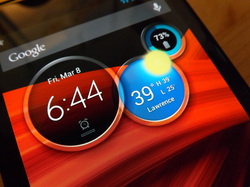
The MAXX HD's screen looks great
As stated before, the MAXX HD has a 4.7-inch Super AMOLED display that has a pixel resolution of 1280 x 720 with a 312 ppi (pixels-per-inch). Overall, I was very impressed with the resolution. While 1080p HD displays are quickly becoming a standard in high-end smartphones, videos, games, pictures, and text still looking stunning on the MAXX HD’s display.
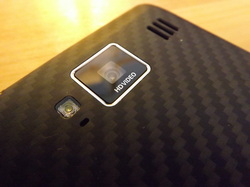
In my testing, the cameras disappointed
The MAXX HD is also home to an 8MP rear-facing camera that can record 1080p HD video, and a 1.3MP front-facing camera which is capable of recording 720p HD video. While the front-facing camera is fine for video chatting and taking profile pictures, I was a bit disappointed with the rear-facing shooter. While pictures that were taken outdoors looked fine, pictures that I took indoors resulted in a lot of digital noise. The MAXX HD comes in 16GB and 32GB flavors, with an option to expand your memory via microSD card, to ensure you have all the memory you need to store all of your
apps, contacts, and music.
apps, contacts, and music.
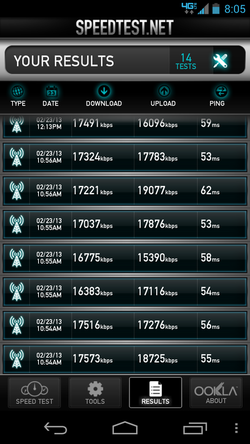
The MAXX HD is a Verizon Wireless exclusive, which means you are getting access to Verizon’s ever-growing 4G LTE data speeds. 4G LTE has recently become available in my area of residence (Lawrence, MI) and Verizon has said that they hope to have 4G LTE support in their entire 3G coverage zone by the end of 2013. 4G LTE data speeds on the MAXX HD were great. I averaged out with about 17mbps download and 16mbps upload speeds, with a peek of 21mbps download and 18mbps upload. My testing with the MAXX HD also produced some excellent call quality. In my testing, everyone I talked to said that I sounded very clear, and everyone sounded great on my end as well.
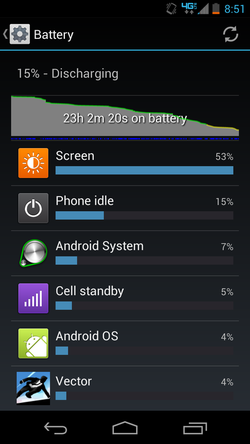
One of the biggest selling points of the MAXX HD is it’s ginormous 3,300 mAh
battery. During my 2 weeks with the device, I only charged it about 5 total
times. Motorola is promising up to 32 hours of use with the device, and they
couldn’t be more correct! With heavy use of streaming video, LTE Internet
browsing, playing games, using NFC, and more, I had 33% battery remaining after more than 18 hours of use. The MAXX HD will easily last you through two days of use and provides enough battery for even the heaviest smartphone users.
battery. During my 2 weeks with the device, I only charged it about 5 total
times. Motorola is promising up to 32 hours of use with the device, and they
couldn’t be more correct! With heavy use of streaming video, LTE Internet
browsing, playing games, using NFC, and more, I had 33% battery remaining after more than 18 hours of use. The MAXX HD will easily last you through two days of use and provides enough battery for even the heaviest smartphone users.
Software
Out of the box, the MAXX HD is running on Android 4.0.4 Ice Cream Sandwich, but is upgradeable to Android 4.1.1 Jelly Bean. While there is still no word from Motorola as to whether or not the handset will ever get the update to 4.2 Jelly Bean, you are still getting all of 4.1’s great features such as “Project Butter”, improved notifications, Google Now, and more. The MAXX HD is also layered with Motorola’s own custom UI. Aside from some Motorola-themed icons for certain applications, the company has left the UI looking almost identical to Vanilla Android. Along with the look of Vanilla Android, Motorola has also included some neat features of their own. Swiping all the way to the right of your home screens will reveal your Quick Settings, which give you quick access to settings such as your ringtones, Wi-Fi, Airplane mode, and more. Motorola has also included their famous Circles widget. The Circles widget consists of three circles that display information such as the time, weather, and battery life. When you receive a new text message or missed call, they will also show up in your Circles widget.
Final Verdict
Overall, the MAXX HD is a very solid Android handset. Although it came out back in October 2012, it still has one of the best designs I've ever seen on a smartphone, a beautiful Super AMOLED display, huge 3,300 mAh battery, Android 4.1 Jelly Bean, and more for only $99 with a two-year service agreement on Amazon. Although you will have to deal with the poor cameras and processors that aren't the best for intensive games, the MAXX HD is an excellent handset, and is one of the few out there that will last you through two full days of heavy use.
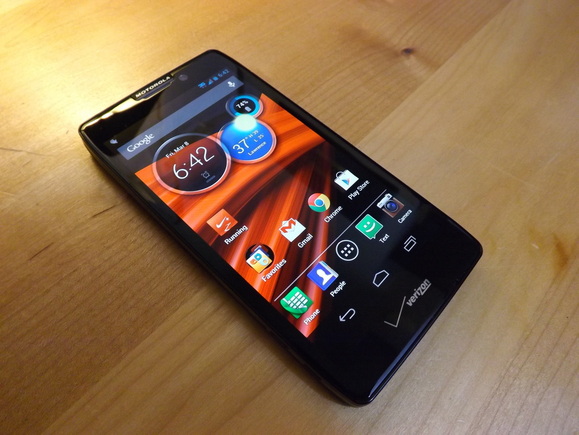
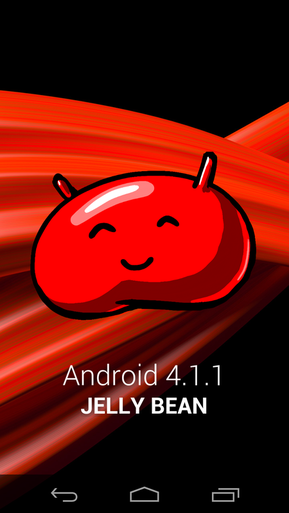

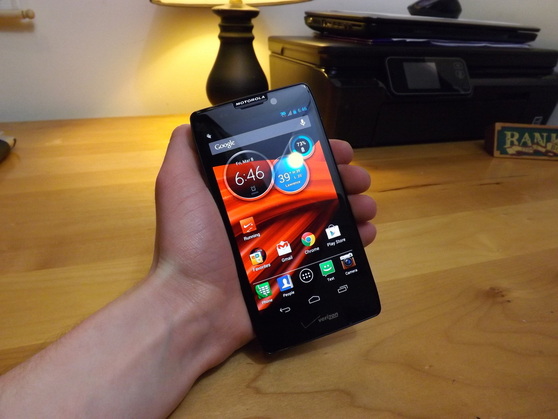
 RSS Feed
RSS Feed